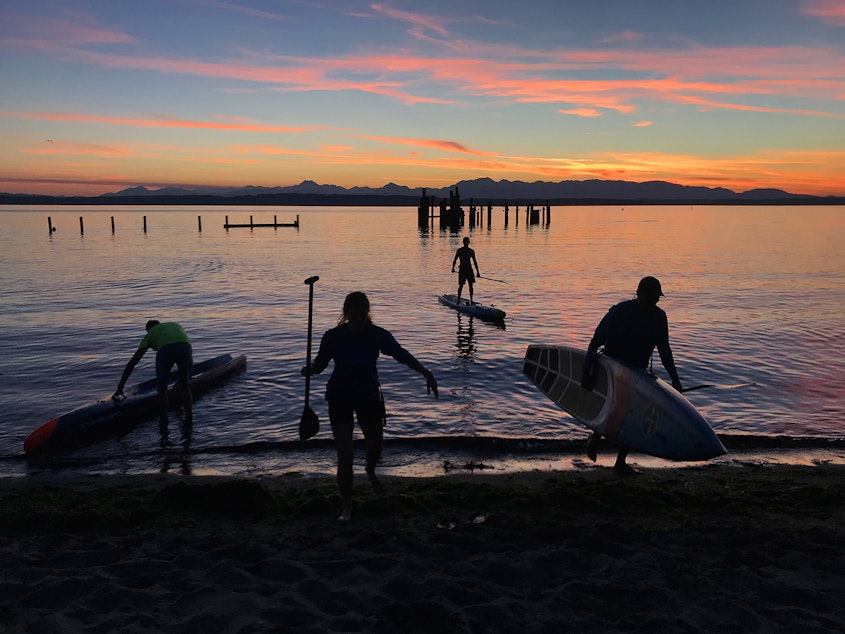If California ditches daylight saving time, will Washington be in a different time zone?

What if we hadn’t set our clocks back this week?
By approving Prop. 7 on election day, 60 percent of Californians voted to do away with clock-changing altogether. That means the state would be on daylight saving time all year long. They would never fall back or spring forward again.
So does this mean Washington state would be in a different time zone than California during winter, when we return to standard time?
Yes — if Prop. 7 ever takes effect.
California passes permanent DST
The Golden State has gone rogue and decided to let the sunshine in – permanently. But is it a good idea? We asked University of Washington professor Steve Calandrillo, who researchers daylight savings and its effects.
Prop. 7 simply refers the idea to the state lawmakers, two-thirds of whom would have to pass it. And it’s not a done deal after that, because Congress must approve it as well.
Florida is already one step ahead of California. Earlier this year, its state lawmakers voted to approve daylight saving time year-round. Sen. Marco Rubio, however, has failed to get Congress to take action on it.
Sponsored
California's plan would add an hour of daylight to the end of the day, so that we wouldn't all be commuting home in the dark. The downside, however, is that the sun rises later, which could be a problem for elementary school students.
In Seattle this morning, for example, the sun rose at 7:04 a.m., which allowed elementary school students to walk to school in daylight. They could walk home in daylight as well.
If daylight saving time were year-round, the sun would rise at 8:04 a.m. and kids would walk to school in the dark.
California wouldn’t be the first to try this out.
Russia switched to daylight saving time year-round between 2011 and 2014. When Russians hated it because of the late sunrises, they switched back permanently to standard time.
Sponsored
The United Kingdom and Ireland tried out the same plan between 1968 and 1971, but it didn’t stick.
Erik Herzog, professor of biology and neuroscience at Washington University in St. Louis, told Here & Now that he supports standard time year-round.
He said the positive effect of having an extra hour to sleep is short-lived.
“What we see is, in the data, when we ‘fall back,’ there’s about one day during which folks are enjoying that extra hour of sleep,” said Herzog, also president of the Society for Research on Biological Rhythms. “That effect lasts for about one day.”
Notably, if Florida and California wanted to stick with standard time and ditch daylight saving time, they could do that. A switch to standard time doesn’t take an act of Congress. Arizona is on standard time year-round, for example.




